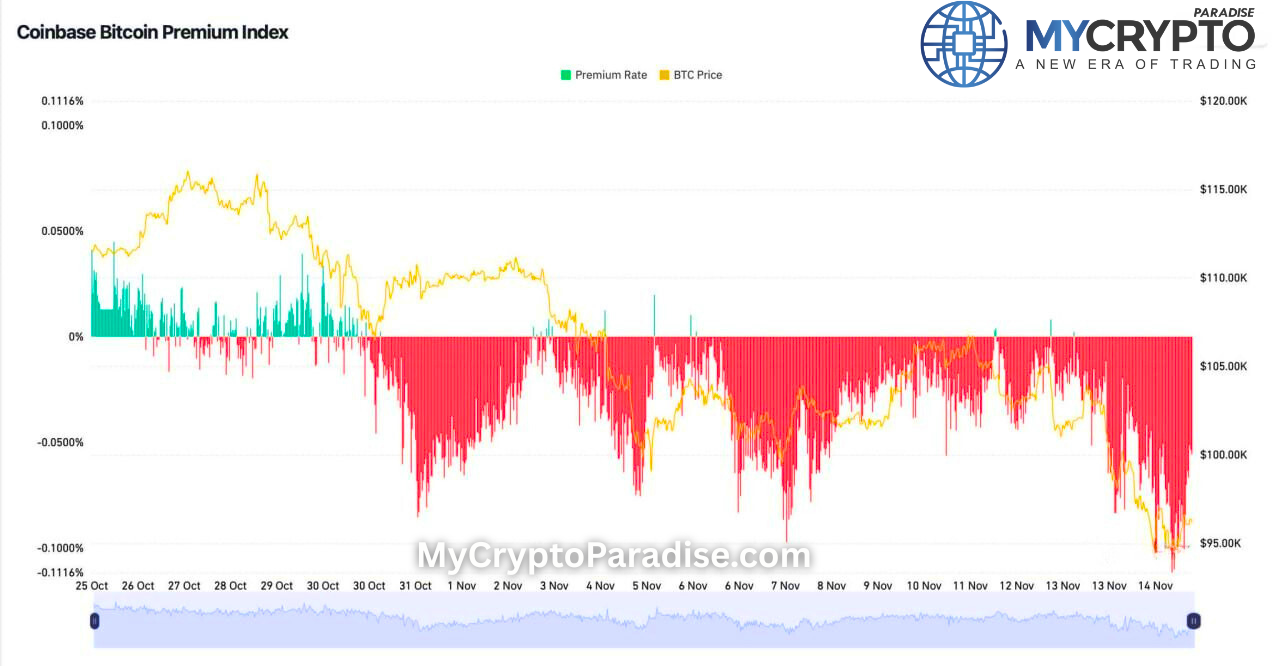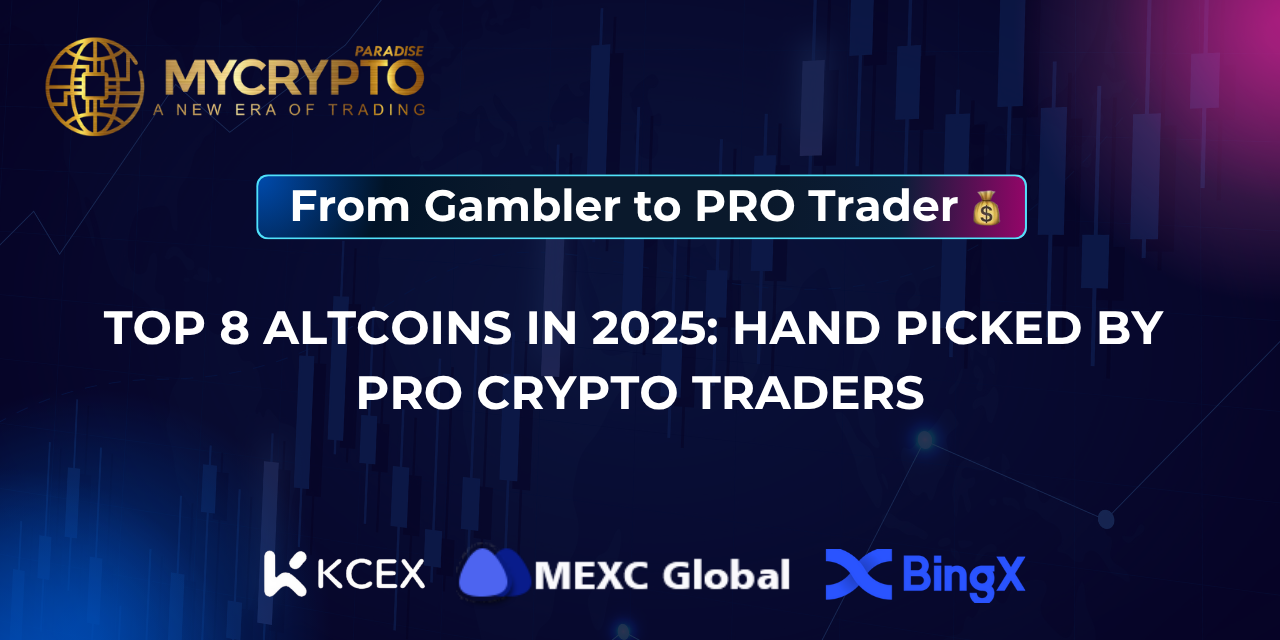Binance crypto exchange launched only in 2017, quickly gaining traction to become the biggest exchange for digital assets by trade volume. Indeed, Binance has cemented this position through a couple of well-thought strategies, including the open forum initiative. In particular, Binance launched sites such as Binance Academy, Binance DEX, Binance Labs, Binance Launchpad, Binance Trust Wallet, Binance Chain, and Binance Cloud. These sites are a very integral part of Binance’s positioning as a top crypto exchange.
Binance sites target different market and technological segments in the crypto world. Binance launchpad targets ICOs. Binance Cloud targets local crypto exchanges to launch on the cloud platform to leverage Binance’s enormous infrastructural muscle. Binance cloud crypto exchanges, thus, peripherally enjoy Binance features while focusing on business development and operation.
What is Binance Cloud?
Binance cloud is a platform developed by Binance and launched in 2020 to launch local crypto exchanges. These Binance cloud exchanges will make use of Binance’s state-of-the-art technology, security, and liquidity. Binance is the top crypto exchange in the world by trading volume. Thus, the launching of Binance cloud exchanges will leverage this liquidity of the Binance ecosystem to their advantage.
Binance cloud offers spot market and futures trading, local bank API integrations, and P2P fiat-to-crypto currency exchange services. Binance Cloud aims to advance the large-scale adoption of crypto to make it mainstream. Changpeng Zhao, Binance CEO, stated in February 2020,
“With these initiatives focused on opening access to Binance’s technology and resources as an infrastructure provider, we aim to limit the technical challenges for platforms and partners, allowing them to focus on their users and local fiat access and accelerate the global adoption of crypto.”
How Does Binance Cloud Work?
Binance partners or local crypto exchanges wishing to launch on Binance Cloud have to submit their applications, communicate their requirements, and sign the agreement before Binance can launch the Binance cloud exchange. The partners, however, must also submit a regulated business entity, proposed Binance cloud exchange, its logo, domain, and SSL security certificates confirming to Nginx type servers, administrator’s email address, and demonstrated capabilities in vital areas such as user acquisition, operations, and compliance. The application takes approximately between 3-5 days to review and launched on the Binance cloud.
The launched Binance cloud exchange can offer local markets spot trading, P2P services, perpetual futures trading, and DeFi enterprise solutions.
Binance allows Binance cloud exchanges to list tokens listed on Binance. However, for tokens not listed on the Binance platform, the partners must submit their details to the Binance Cloud for review. The tokens get listed after approval.
Partners can adjust Binance Cloud exchanges’ can customize features on Binance Cloud. Such features are slogans, logos, banners, and theme colors. Additional customization needs warrant special arrangements and discussions with Binance Cloud for review.
What are the fees payable to Binance Cloud by the exchanges hosted by the platform? Binance cloud’s fee structure features both an annual fee and a trading fee revenue split. How will this fee be shared? Binance cloud will deposit the fee income to the partners’ operating account daily to the agreed proportion in the collaboration agreement. The fee settlement details will be accessible through the Financial Management system interphase.
Binance Cloud Benefits
Binance cloud is a revolutionary cloud technology aimed at localizing crypto use by offering a platform for new crypto exchanges to launch for users. Already, crypto exchanges such as TeraBlock have partnered with Binance cloud to launch on the platform. In so doing, the aim of Binance Cloud, which is to accelerate the global adoption of crypto, is met. Other Binance cloud benefits include:
- Increased Liquidity
Binance has high liquidity owing to its position as a crypto space leader in terms of trade volume. As such, upcoming or new crypto exchanges can leverage Binance’s liquidity to run effectively. One of the major failures of new cryptocurrencies is liquidity. Launching on Binance cloud, therefore, will make partners’ crypto exchange managerial work hassle-free. Binance cloud, thus, leaves them to concentrate more on business development. With the high liquidity, scalability issues hardly affect Binance cloud exchanges.
- Improved Security
Binance is heavily invested in its security with such integrations as the 2FA, arousing interest in Binance trading. Also, Binance insurance makes it possible for crypto traders to get compensated in the case of hacks. Since the underlying technology used by the Binance cloud exchanges comes from Binance, the Binance cloud exchanges enjoy such security benefits.
Conclusion
Binance launched Binance cloud to offer a platform for crypto exchanges to launch without worrying about issues common with new entrants into the industry. These common problems are liquidity, scalability, and expensive technology that put financial pressure on the new exchanges and doubt on platforms’ users. Binance cloud became the ultimate solution for such issues affecting small-scale crypto exchanges.
Are you interested in making profitable crypto trades on Binance and other crypto exchanges? Join one of MyCryptoParadise’s budget-friendly membership plans for carefully analyzed and authentic crypto signals with the highest success rate among the world-renowned crypto signal providers.













